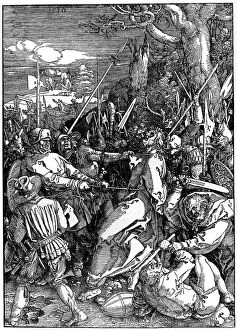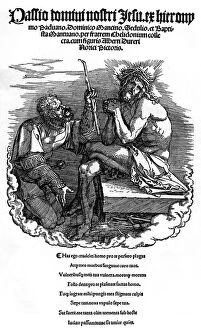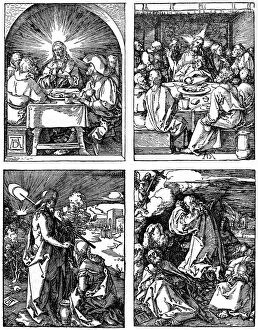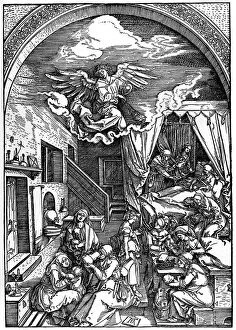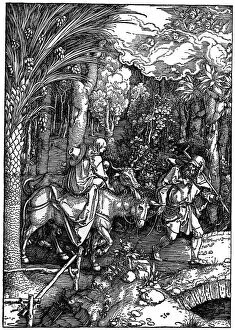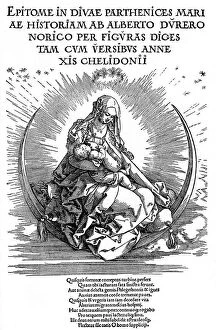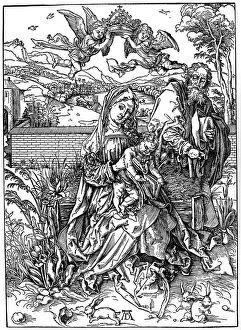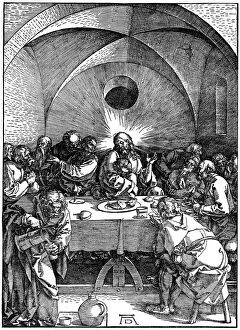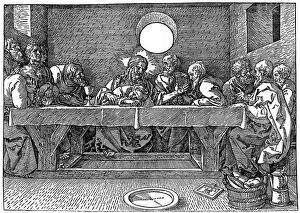Wilhelm Waetzoldt Collection (#3)
Wilhelm Waetzoldt: Exploring the Masterpieces of Albrecht Durer Wilhelm Waetzoldt, a renowned art historian and curator
For sale as Licensed Images
Choose your image, Select your licence and Download the media
Wilhelm Waetzoldt: Exploring the Masterpieces of Albrecht Durer Wilhelm Waetzoldt, a renowned art historian and curator, dedicated his life to unraveling the enigmatic works of Albrecht Durer. Through meticulous research and insightful analysis, he shed light on the genius behind these masterpieces. One such masterpiece is Johannes Stabius' map of the world from 1515. In this work, Durer's intricate illustrations beautifully capture the vastness and diversity of our planet. Each detail meticulously rendered with precision and accuracy. In "The Babylonian Whore" from 1498, Durer delves into religious symbolism, depicting a powerful allegory that challenges societal norms. Waetzoldt recognized how this piece reflects both artistic mastery and intellectual depth. Durer's fascination with human anatomy is evident in "Proportions of the Human Figure. " This groundbreaking study showcases his keen observation skills as he accurately captures every muscle and bone structure. Waetzoldt marveled at how Durer's attention to detail revolutionized anatomical representation. Waetzoldt also explored Durer's innovative use of perspective in "Perspective Machine" from 1525. This artwork demonstrates his technical prowess by creating an illusionary space that draws viewers into its depths. "The Opening of the Seventh Seal, " created in 1498, reveals another facet of Durer's talent—the ability to depict biblical narratives with intensity and emotion. Through his brushstrokes, he brings St Jerome pulling a thorn from a lion's paw or Hercules Killing the Molionides to life before our eyes. Religious themes continue in "Praying Mary" from 1518 where Durer portrays Mary as a symbol of devotion and faithfulness. Meanwhile, "The Angel Holding the Keys of Abyss" depicts spiritual warfare between good and evil—a subject that fascinated both artist and scholar alike.

